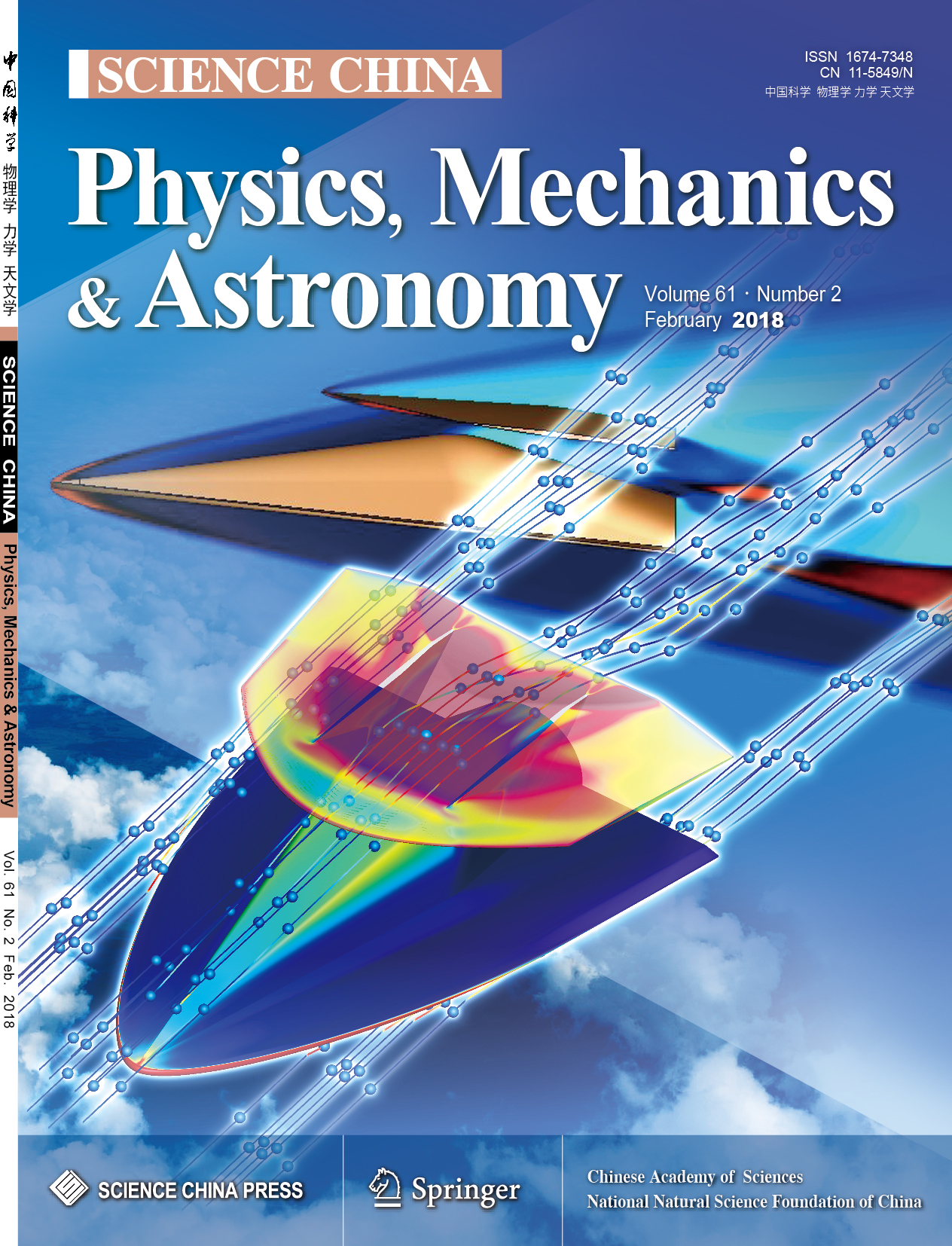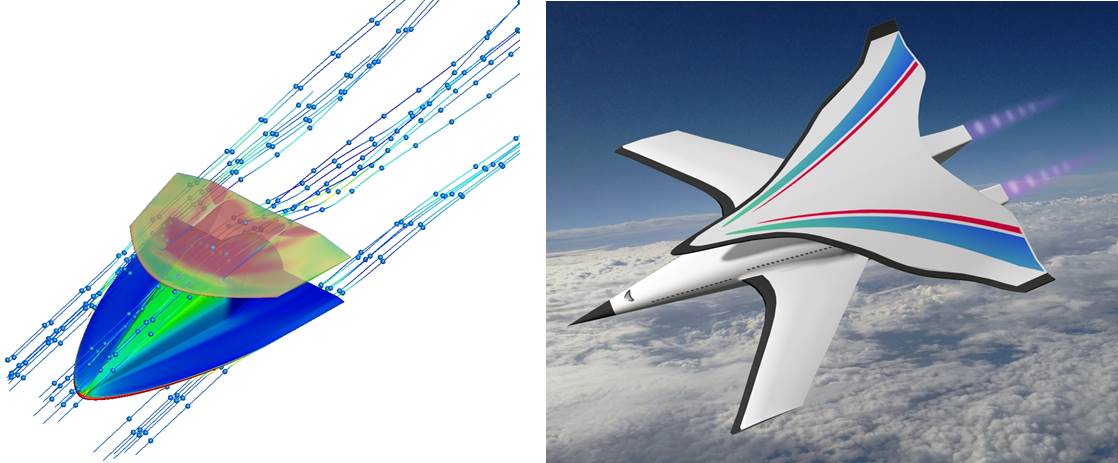Hendrik_2000
Lieutenant General
Hypersonic: What is known about the 3 prototypes of IMECH
BY
The hypersonic, speed regime from Mach 5 that has become one of the new areas of competition between the great powers in the world, has not yet finished running ink.
Whether of the AVIC aircraft manufacturer, of the CASC group, or "Ling Yun" of the National University of Defense Technology and MF-1 from the China Aerodynamics Research and Development Center , not to mention CAI Institute trial and many parallel fundamental research at Chinese universities. more well known, there are not any projects that are lacking in this field in China.
While all major Chinese institutions have started physical testing of their equipment one after the other, the Chinese Academy of Sciences (CAS), one of the country's largest basic research entities, seems to be relatively silent on the subject so far. But things have started to change recently.
According to a television report from the national military channel CCTV-7, which airs on Friday, September 21, the Institute of Mechanics (IMECH ), a subsidiary of CAS, has successfully completed a trial release of three small-scale prototypes from a balloon at the Jiuquan Space Center the same day.
We learn then that the three gears, named respectively D18-1S, D-182S and D-183S, of different aerodynamic configuration, separated from their carrier one after the other and each recorded its own descent in free fall then the acceleration, the crossing of the sound wall, the aerodynamic rebound, the deployment of parachute and finally the recovery on the ground.
"After the dropping, the basket is separated from the balloon and returned to the ground with a parachute, the balloon exploded at a certain altitude," says the report, "This is the first time in China that a test of dropping large envelope gear from a balloon is made.
Although it is not specified, but it is thought that the word "big envelope" (宽 域) here would mean the speed envelope. The 36-second report also did not indicate which organization designed and conducted these tests, nor did it detail the associated technical data.
So what do we know about these machines named D18-1S, D18-2S and D18-3S?
Hypersonic missile with deployable arched wings in HCW concept
First, it can be noted that of the three reduced-scale machines in question, two appear to be constructed of conventional aluminum alloy, hence their pale green color due to the anti-corrosion layer, although the extrados of their wing would be covered with unidentified dark matter.
These two "green" aircraft have both opted for a delta wing with an integrated fuselage. The first is equipped with a double vertical drift and a wing in double delta rather high, while the one hung in the middle under the nacelle of the balloon is in mono-drift with a wing delta rather median which seems to be in dihedral slightly negative.
What seems most astonishing is the third gear, in black livery entirely, which has a rather unusual aerodynamic configuration. Indeed, the fuselage, conical Spitzer ball shape, is fixed under a bearing surface (?) Which looks like a flat arrow of elongated square base.
And it is precisely this last device atypical that makes it possible to make the link with the Institute IMECH of the Chinese Academy of Sciences, in particular with their last publication at the beginning of the year concerning a new configuration in "I" for the hypersonic diet (" ").

BY
The hypersonic, speed regime from Mach 5 that has become one of the new areas of competition between the great powers in the world, has not yet finished running ink.
Whether of the AVIC aircraft manufacturer, of the CASC group, or "Ling Yun" of the National University of Defense Technology and MF-1 from the China Aerodynamics Research and Development Center , not to mention CAI Institute trial and many parallel fundamental research at Chinese universities. more well known, there are not any projects that are lacking in this field in China.
While all major Chinese institutions have started physical testing of their equipment one after the other, the Chinese Academy of Sciences (CAS), one of the country's largest basic research entities, seems to be relatively silent on the subject so far. But things have started to change recently.
According to a television report from the national military channel CCTV-7, which airs on Friday, September 21, the Institute of Mechanics (IMECH ), a subsidiary of CAS, has successfully completed a trial release of three small-scale prototypes from a balloon at the Jiuquan Space Center the same day.
We learn then that the three gears, named respectively D18-1S, D-182S and D-183S, of different aerodynamic configuration, separated from their carrier one after the other and each recorded its own descent in free fall then the acceleration, the crossing of the sound wall, the aerodynamic rebound, the deployment of parachute and finally the recovery on the ground.
"After the dropping, the basket is separated from the balloon and returned to the ground with a parachute, the balloon exploded at a certain altitude," says the report, "This is the first time in China that a test of dropping large envelope gear from a balloon is made.
Although it is not specified, but it is thought that the word "big envelope" (宽 域) here would mean the speed envelope. The 36-second report also did not indicate which organization designed and conducted these tests, nor did it detail the associated technical data.
So what do we know about these machines named D18-1S, D18-2S and D18-3S?
Hypersonic missile with deployable arched wings in HCW concept
First, it can be noted that of the three reduced-scale machines in question, two appear to be constructed of conventional aluminum alloy, hence their pale green color due to the anti-corrosion layer, although the extrados of their wing would be covered with unidentified dark matter.
These two "green" aircraft have both opted for a delta wing with an integrated fuselage. The first is equipped with a double vertical drift and a wing in double delta rather high, while the one hung in the middle under the nacelle of the balloon is in mono-drift with a wing delta rather median which seems to be in dihedral slightly negative.
What seems most astonishing is the third gear, in black livery entirely, which has a rather unusual aerodynamic configuration. Indeed, the fuselage, conical Spitzer ball shape, is fixed under a bearing surface (?) Which looks like a flat arrow of elongated square base.
And it is precisely this last device atypical that makes it possible to make the link with the Institute IMECH of the Chinese Academy of Sciences, in particular with their last publication at the beginning of the year concerning a new configuration in "I" for the hypersonic diet (" ").





